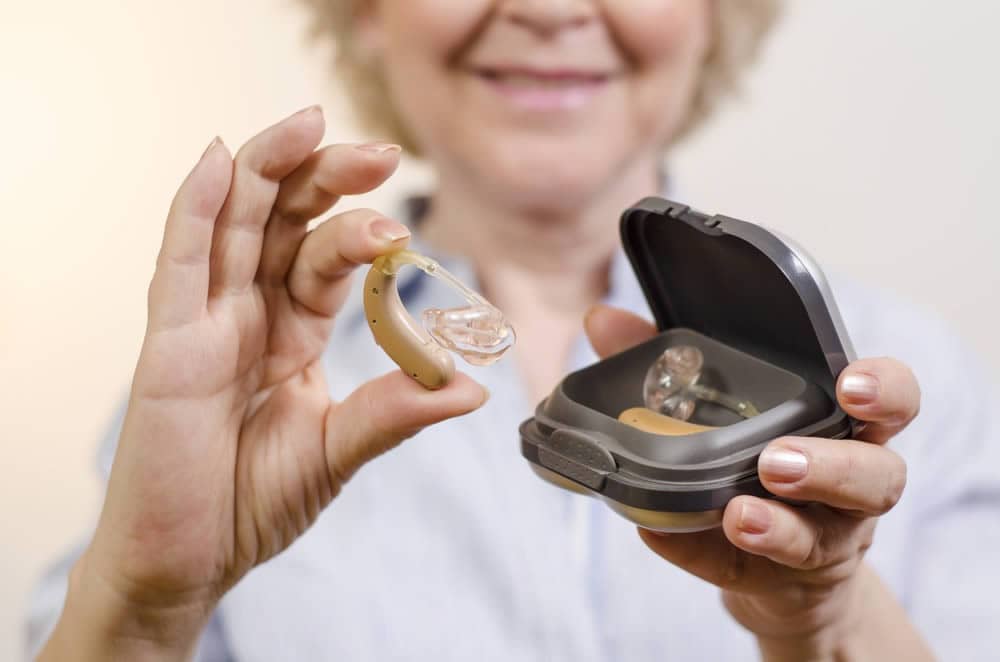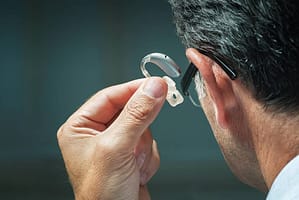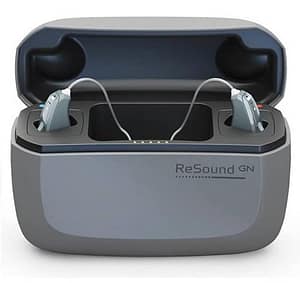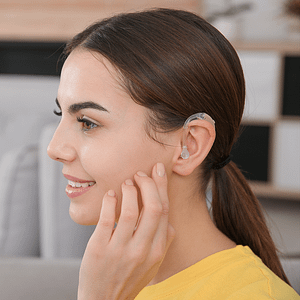Essentially and primarily, hearing aids are useful in improving the hearing and speech understanding of people who have a hearing loss resulting from damage to the small hair cells in the inner ear. This type of hearing loss is referred to as sensorineural hearing loss (SNHL). The damage can occur as a result of disease, ageing, or injury from noise or certain medicines. SNHL accounts for about 90% of reported hearing loss – it is usually permanent and can be mild, moderate, severe, profound or total.
A hearing aid magnifies sound vibrations entering the ear canal. The surviving hair cells detect the larger vibrations and convert them into neural signals that are passed along to the brain. The more severe the damage is to a person’s hair cells, the more severe the hearing loss, and therefore greater hearing aid amplification is needed to make up the difference. However, there are practical limits to the amount of amplification a hearing aid can safely provide. Unfortunately, if the inner ear is too damaged, even large vibrations will not be converted into neural signals. In this situation, a hearing aid would be ineffective.



